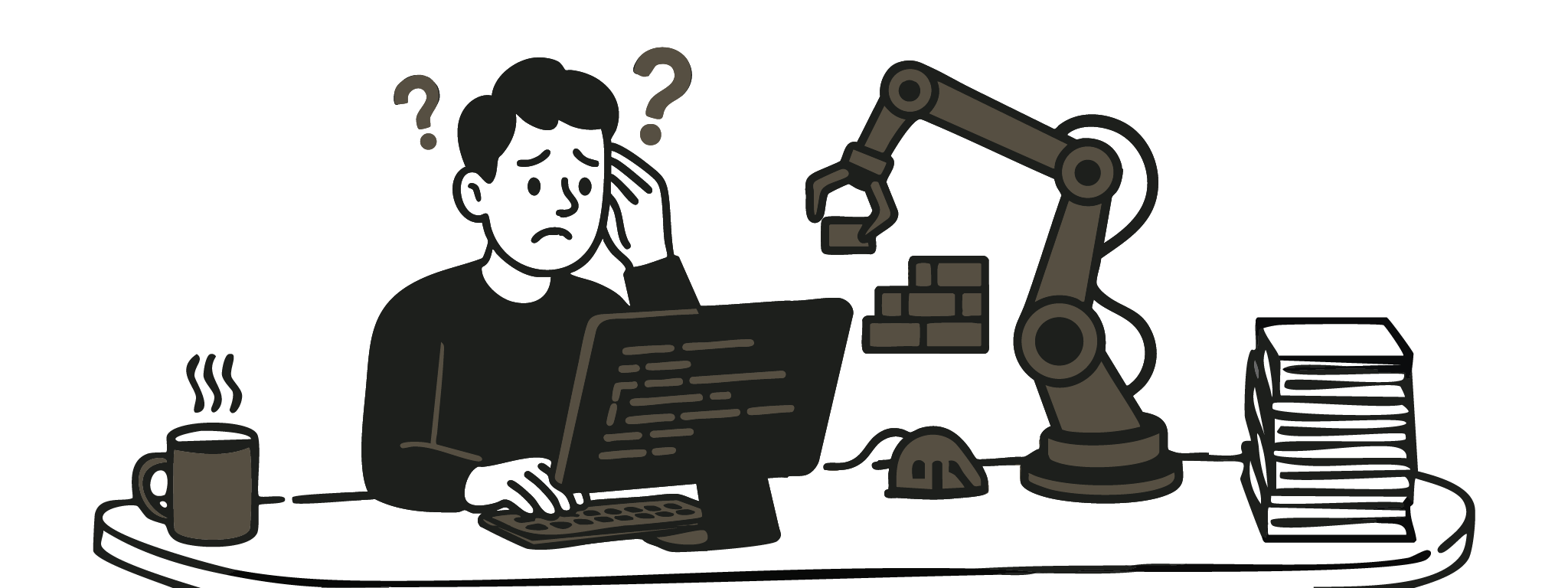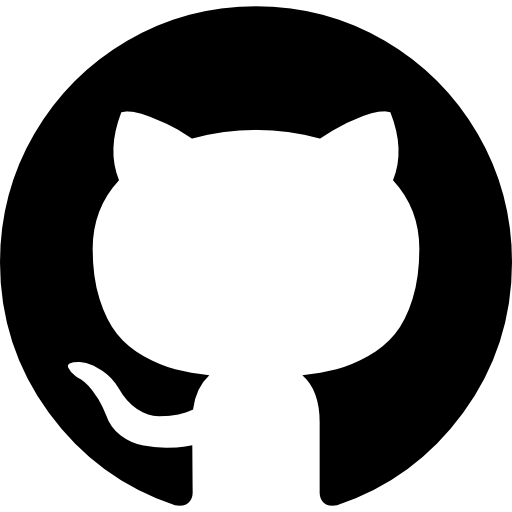For aspiring developers and juniors entering the field, this moment in time is pivotal. You’re being told you can build apps faster than ever, launch startups in a weekend, learn “just enough” programming to glue AI tools together. But if you skip learning how software actually works, you’re not speeding up your career. You’re quietly eliminating it.
Programming has always been more than typing code. It is problem solving. It is about building mental models of systems. It is the craft of thinking in constraints, trade-offs, cause and effect. AI coding tools promise to “skip the boring parts” and “write code for you.”
But these are the more than just part of the job.
They are how you become a developer instead of someone who merely prompts outputs from a black box.
This article isn’t about rejecting AI. This is a warning: if you allow tools to handle the learning process on your behalf, you also give up the thinking process that develops your skills. At that point, you’re not building software, you’re merely operating a system that builds it for you.
The Illusion of Progress
As a beginner, it’s tempting to reach for AI at the first sign of difficulty. Why struggle to understand loops or data structures when an assistant can generate them in seconds?
Because struggle is where the understanding forms.
When AI solves a bug for you, you didn’t learn how to debug.
When AI writes a function, you didn’t learn how to design it.
When AI builds an entire app, you didn’t become a developer, you became a user of a development tool.
You might feel productive. You built something. It runs. You can show your friends. But ask yourself one question: Could you build it again tomorrow, from scratch, without help?
If the answer is no, you didn’t gain a skill. You borrowed output.
The Real Skill
Professional programmers aren’t paid to type fast. They’re paid to understand.
You need to understand how systems behave under load. You need to understand why code breaks and what to do about it. You need to understand trade-offs between two solutions that both “work” – and you also need to understand that quite often there are infinite ways to do the same and they’re all equally correct and you need to navigate people skills to choose which one is the way to go in your environment.
You can only develop this kind of thinking through exposure, repetition, and genuine problem solving. AI can write thousands of lines of code in seconds – but it cannot transfer its internal reasoning into your mind. You can’t “absorb knowledge by proxy.”
Every time you let AI replace a learning opportunity, you widen the comprehension gap between where you are and what the industry demands.
Shortcuts Aren’t Free
Using AI to skip learning isn’t neutral. As I mentioned in my previous post, it accumulates cognitive debt.
When you skip details, you miss concepts. When you miss concepts, you can no longer reason about the code. When that happens, you can’t maintain or improve it. And when you can’t maintain or improve it, you’re no longer useful once the AI output breaks.
You didn’t skip the cost. You delayed it. When production issues arise, when a client asks “why is this happening?”, you don’t want to be the person who has no idea because the assistant wrote everything for you.
The Difference Between Using AI and Being Dependent on It
Using AI as a tool:
“I understand what needs to be built and how I want to build it. Please generate boilerplate code so I can focus on the details.”
“There’s a problem in this piece of code and I just don’t see it. Can you point it out to me so that I can fix it?”
Using AI as a beginner without understanding:
“I don’t know how to solve this. Please think for me.”
Both actions look similar on screen. But one strengthens ability, and the other replaces it.
AI should accelerate what you already can do, not substitute for what you should learn.
The Core Question
Are you trying to become someone who writes software or someone who copies software outputs?
The industry is not looking for “people who can ask AI to code.” Everyone can do that. It’s not a competitive edge. It’s the baseline.
The edge is understanding. The edge is judgment. The edge is being the person who can fix and design what AI cannot. And now more often than before, to fix what others had AI write.
Don’t Skip Training
If you’re in a job that forces you to use AI for “productivity reasons”, here’s how you can still learn and possibly make progress as a programmer:
First attempt to solve problems yourself. Only then compare to AI-generated answers.
Read the code it writes. Ask: Do I understand every line? Could I write this myself?
Use AI for exploration, not replacement. Let it show you variations, alternatives, deeper explanations. Question everything. Remember it was trained on other people’s opinions, not facts. Remember a lot of the training data comes from other beginners, not professionals.
Keep your brain in the loop. Always.
Your Future Depends on Learning
Do you want to be someone who knows how software works?
Or someone who waits for software to be written for them?
One path takes longer. It involves frustration, failure, confusion.
But it also leads to mastery, confidence, and irreplaceable skill.
It’s the only way you can have a sense of accomplishment.
It’s the only path that involves dopamine.
The other path feels magical – until the moment it isn’t.
As you begin your journey in programming, remember: the learning process (or curve) is not the obstacle to becoming a programmer. It is what makes you one.






Leave a Reply